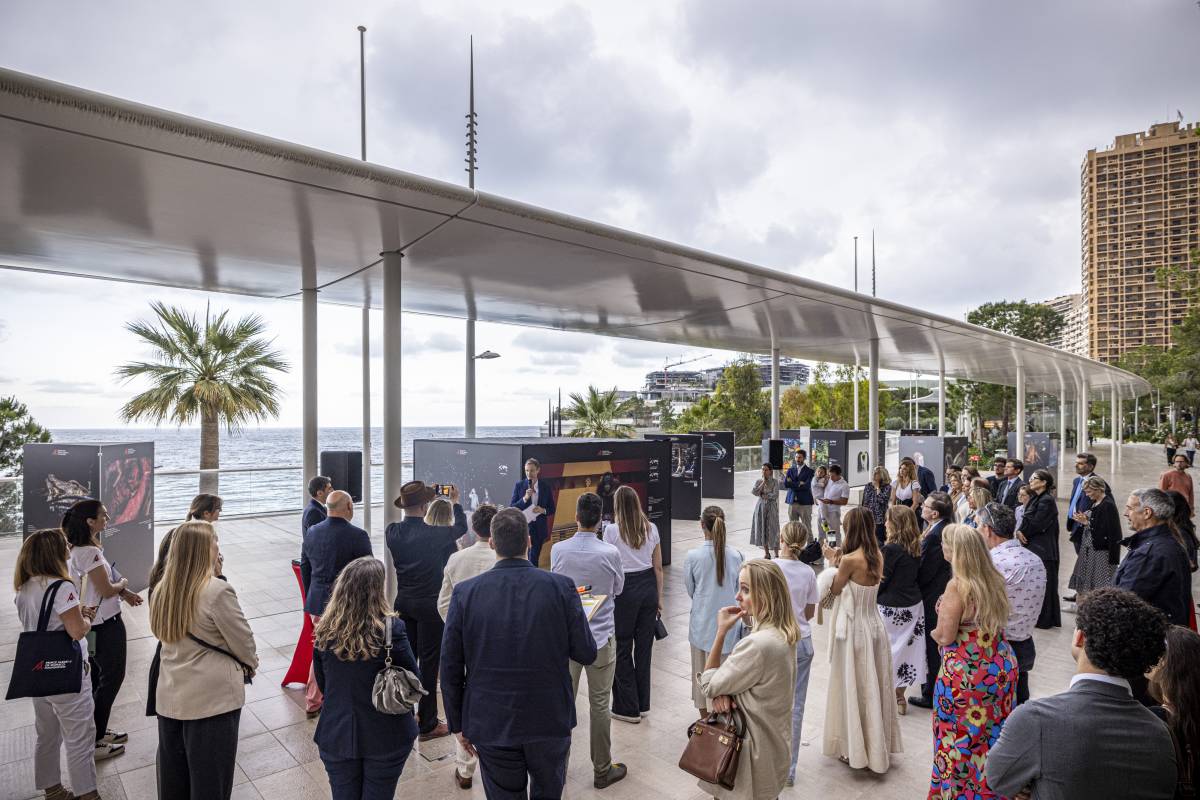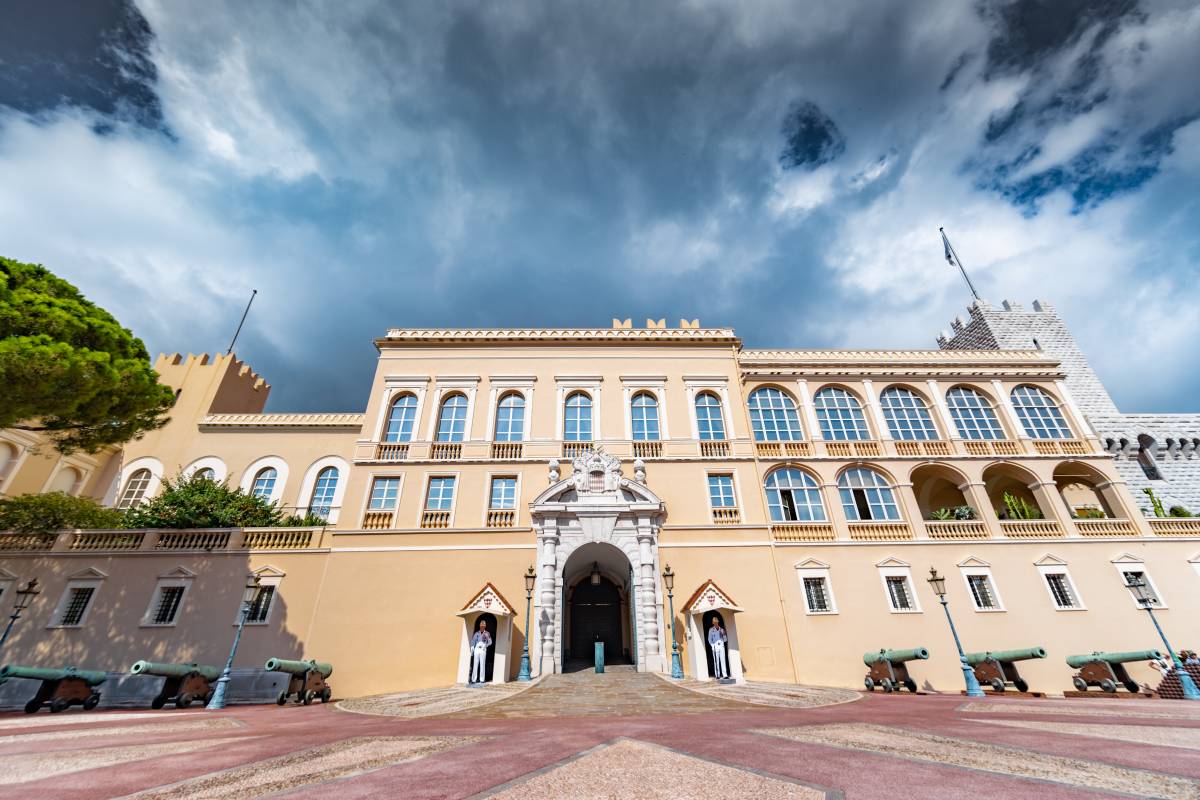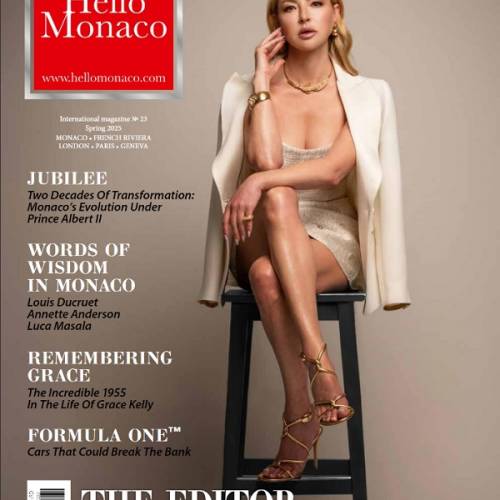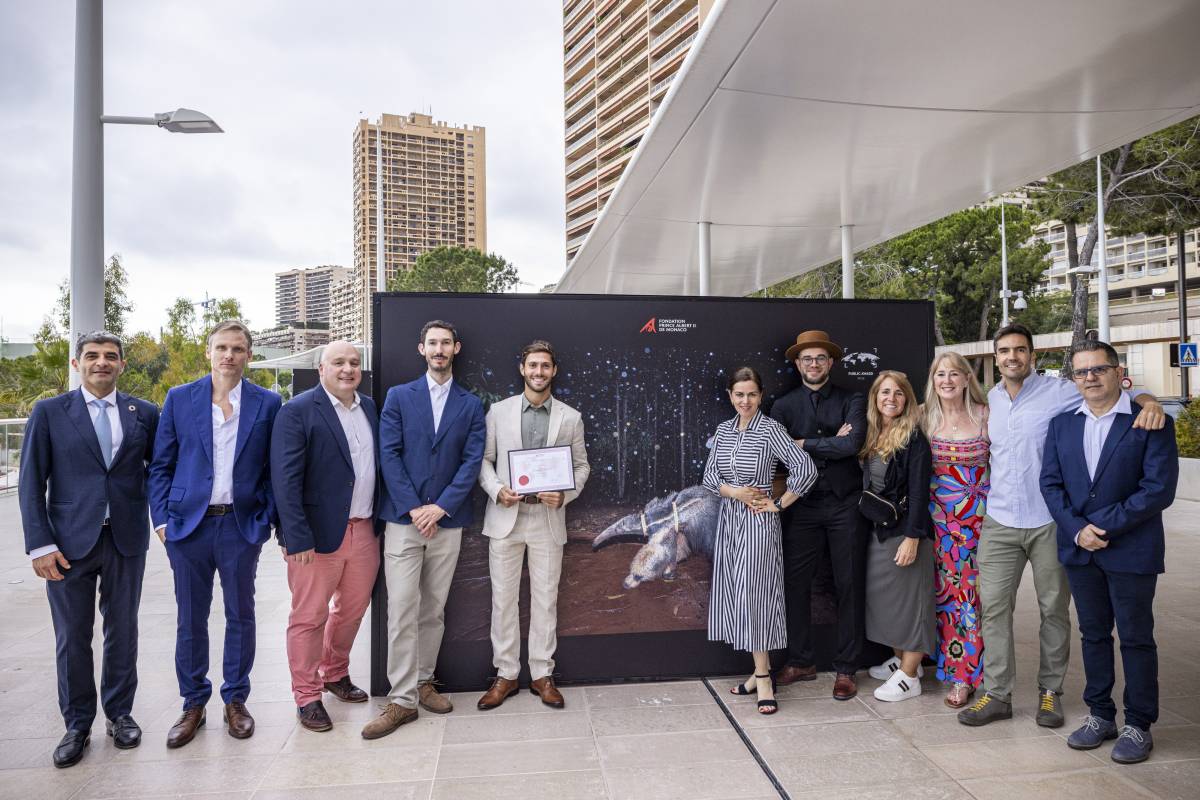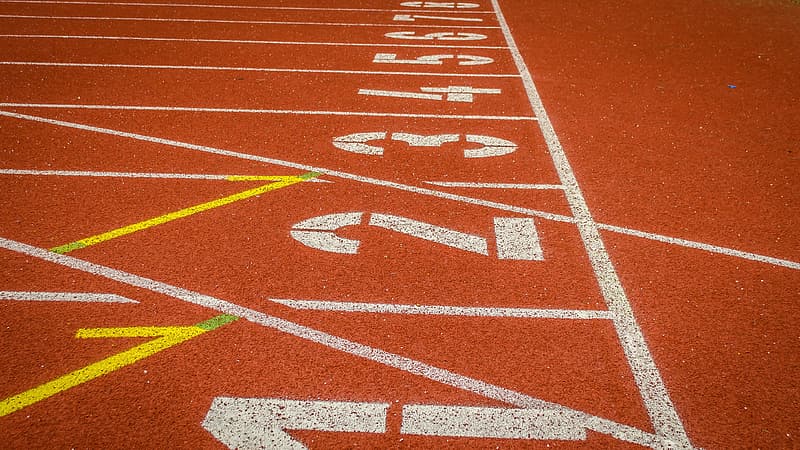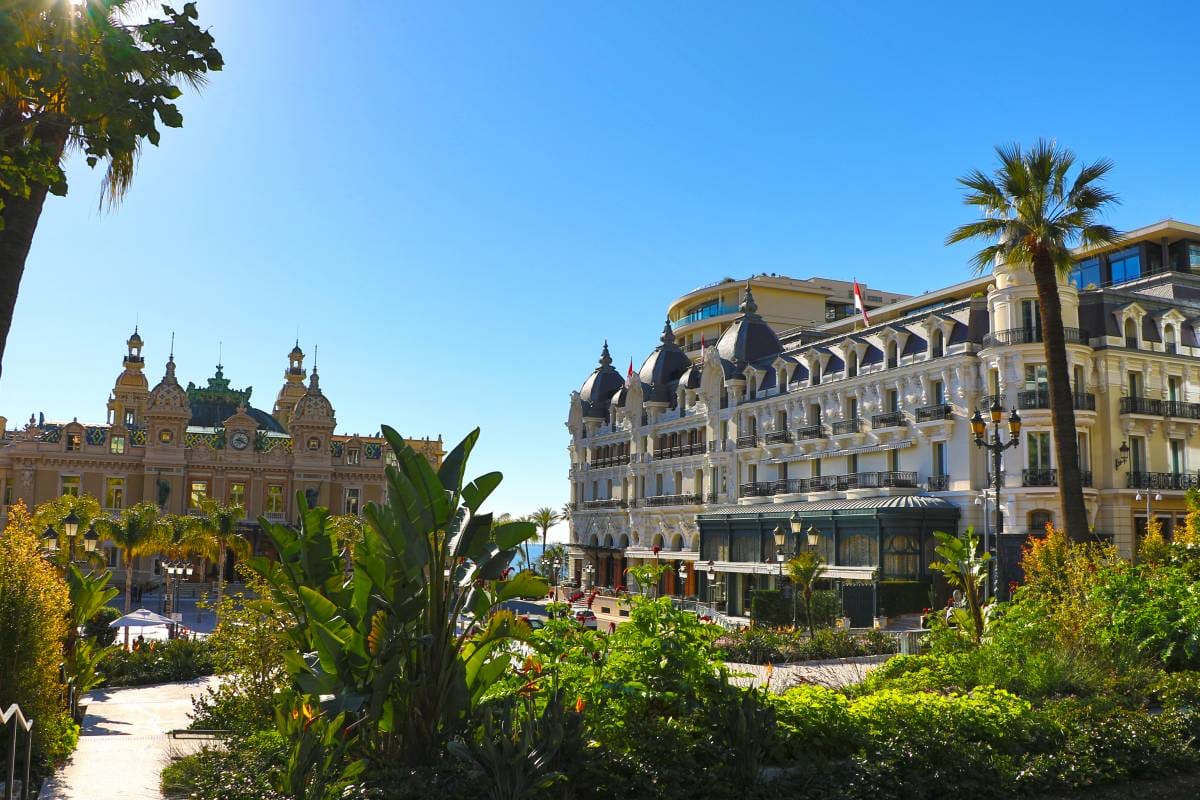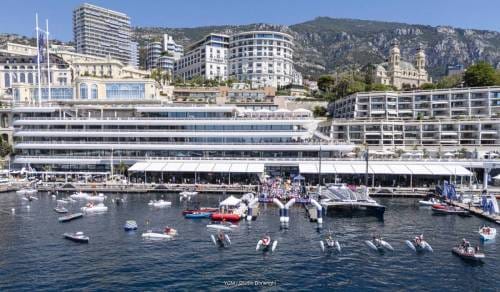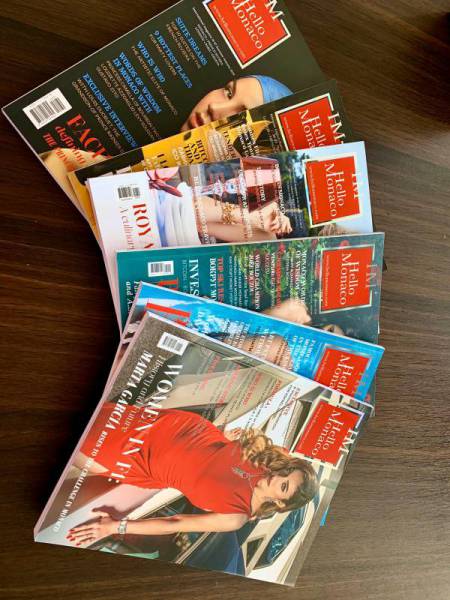The winners of the 2024 Environmental Photography Awards were announced during the official opening of the competition’s exhibition on the Larvotto Promenade, on 4 June. The photographs are on display for the public to view until 30 July 2024, after which they will travel internationally.
The official selection for the fourth edition of the Environmental Photography Awards includes 36 photographs, 7 of which won prizes. Winners were selected from over 11,000 images by 2,600 photographers from across the world, both professional and amateur, by a jury of renowned photographers and personalities committed to conservation.
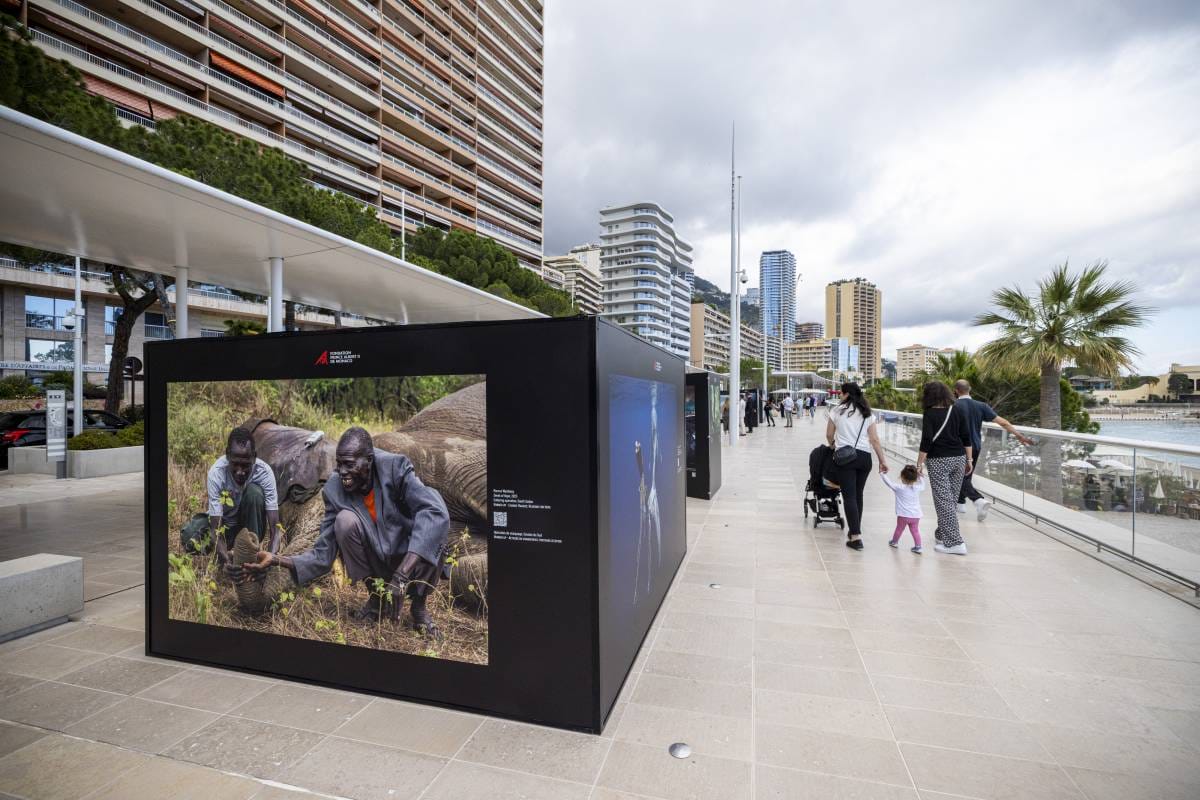
“Photographers have a vital role to play in informing the public, providing new knowledge and sharing our emotions and unique experiences. A successful environmental photograph can be both a work of art and an activist slogan. In a single glance, the best images can touch the senses and the heart and make a significant difference to our planet,” said Chairman of the jury, Alex Mustard, an underwater photographer and marine biologist.
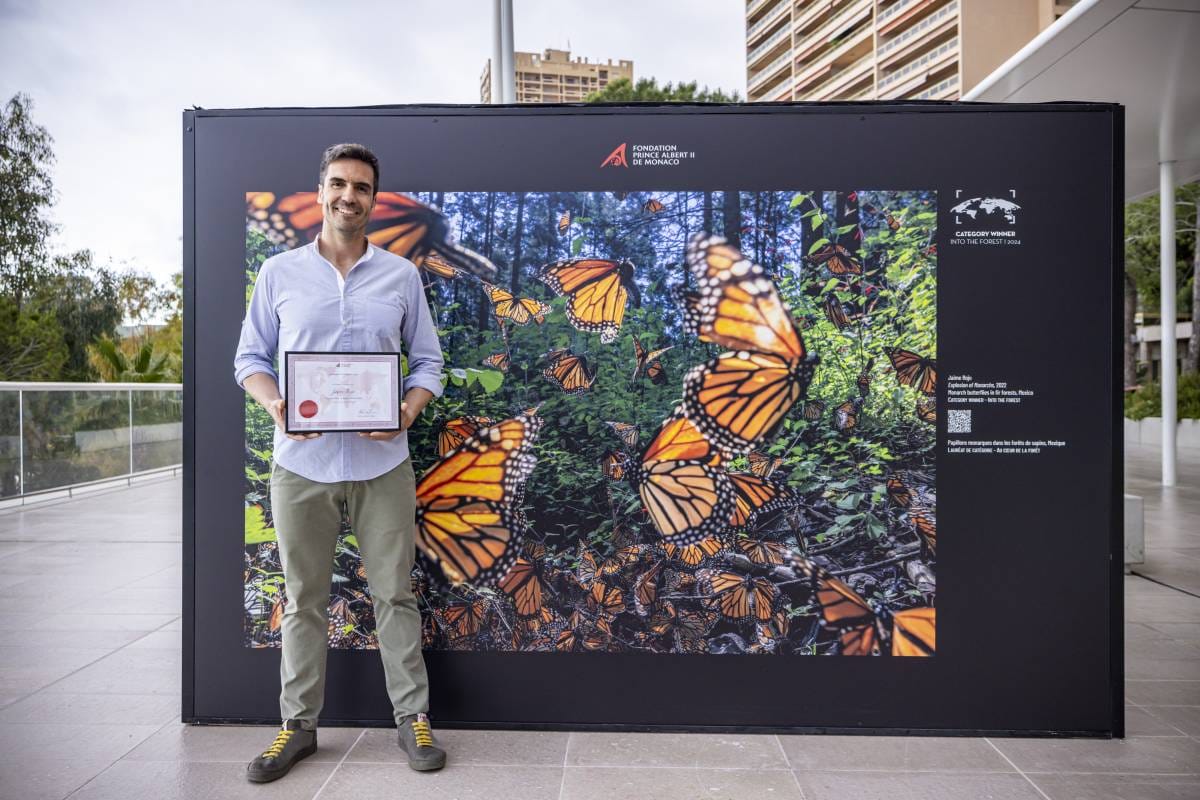
Aaron Gekoski’s ‘See No Evil’
The 2024 Environmental Photography Award was presented to photographer Aaron Gekoski for his image See No Evil, which also won the Humanity versus Nature category. An internationally-renowned photojournalist and filmmaker specialising in human-animal conflicts, Aaron Gekoski has been travelling the world for over fifteen years to report on the complex relationship between humans and wild animals, covering subjects such as illegal wildlife trade, deforestation, marine conservation and animal tourism.
“At Safari World in Bangkok, orangutans have been used in shows for decades. Every day, they are forced to perform in front of an audience that pays to see them. After the shows, they stoically wait for tourists to take photos with them. Beneath the glittering exterior lies a dark world of illegal activity and animal abuse. The orangutans used in the shows are often stolen from the wild, smuggled across borders and then trained using cruel methods. If humans were treated in this way, we would be talking about torture. For nearly five years, I have been working on a documentary called Eyes of the Orangutan, the first investigative film devoted to the world of wildlife tourism involving orangutans. The aim is to make people think twice before visiting places like Safari World. Because if we can treat one of our closest living relatives in this way, what hope is there for other species,” said Aaron Gekoski about his winning photograph See No Evil.
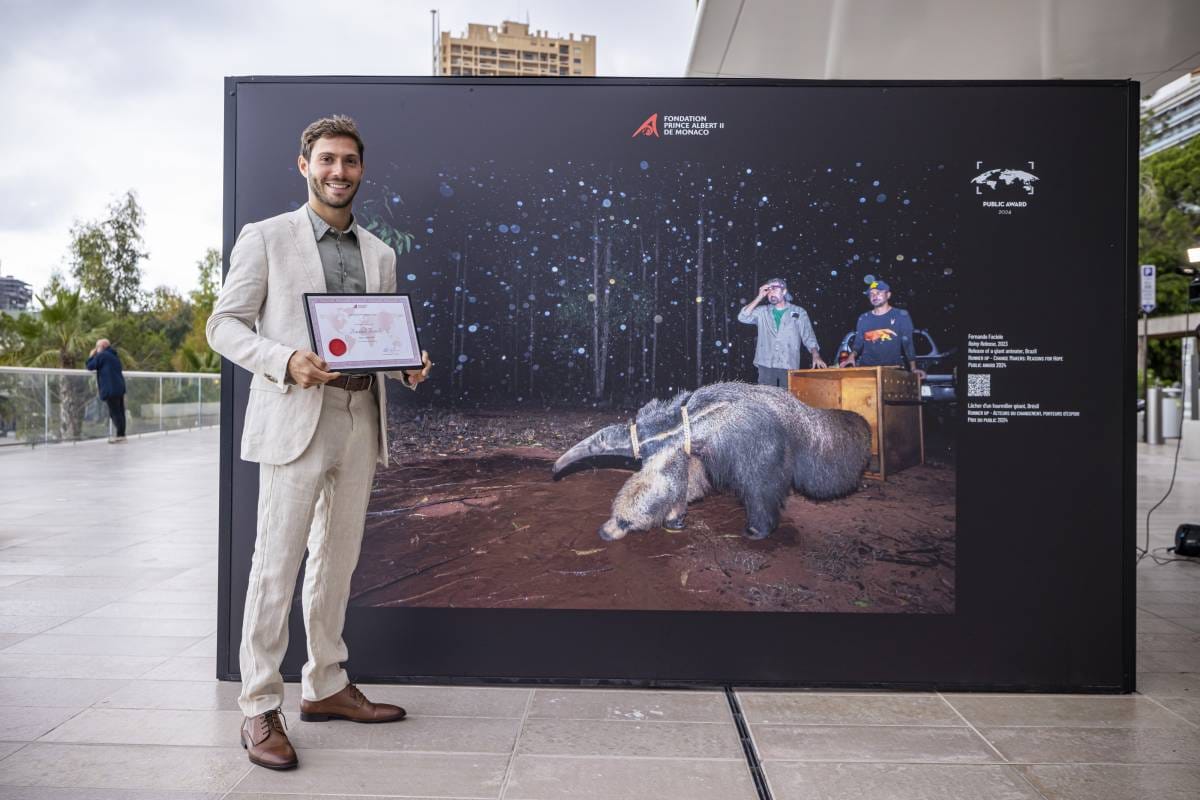
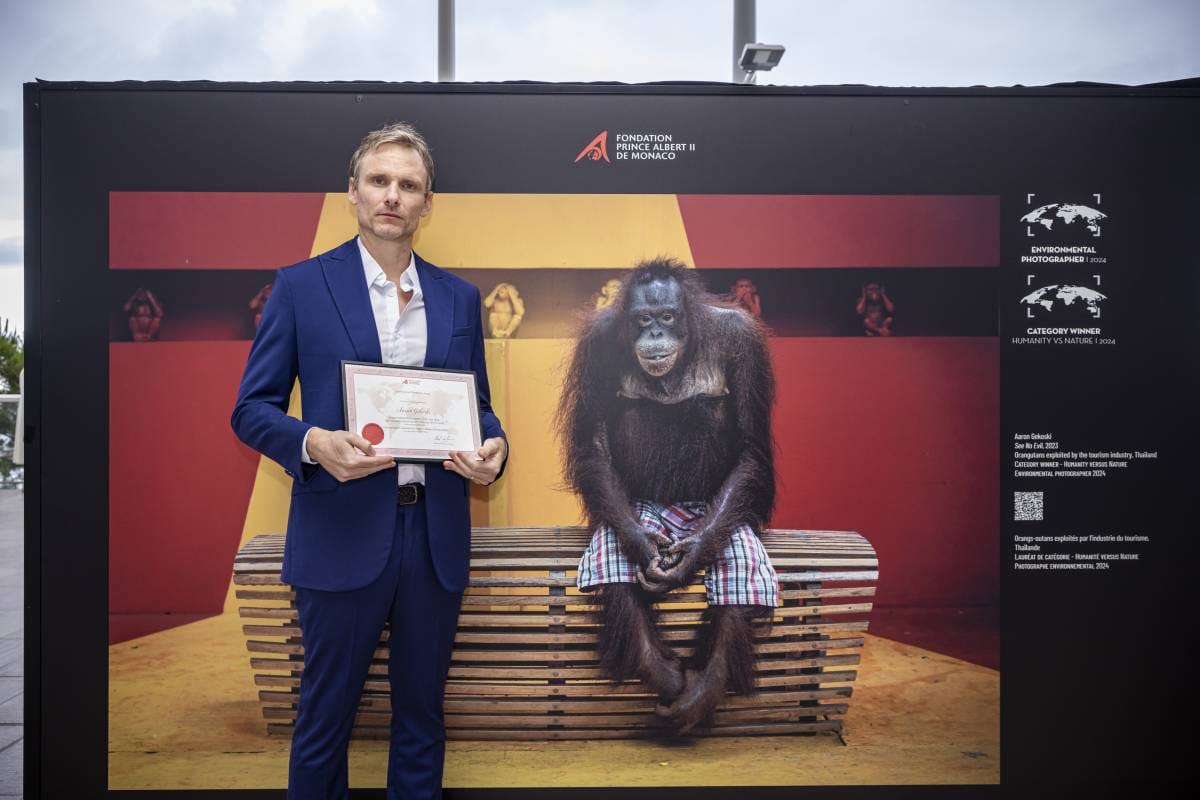
According to Aaron Gekoski, in 2004, more than 100 orangutans were confiscated from Safari World after DNA tests proved that they had been illegally imported from Indonesia. However, a few years later, the shows began again. The prize-winning photographer also stated that, to attract tourists, young orangutans are captured in the wild and their mothers are killed. See No Evil was taken as part of an assignment for the American NGO Lady FreeThinker.
The Prince Albert II of Monaco Foundation launched the photography competition in 2021. This year’s winner will receive a grant of €7,000 and a trip to Ecuador to visit the SEK International University’s research base in the Amazon rainforest.
According to Chairman of the jury, Alex Mustard, photography is both powerful and accessible. When it comes to the natural world, people are more inclined to protect what they know and love.
“(See no Evil) captures one of the world’s most intelligent animal species in a graphic composition that is emotionally charged to the point of obsession. This photograph will live long in the minds of all who see it,” said Alex Mustard.
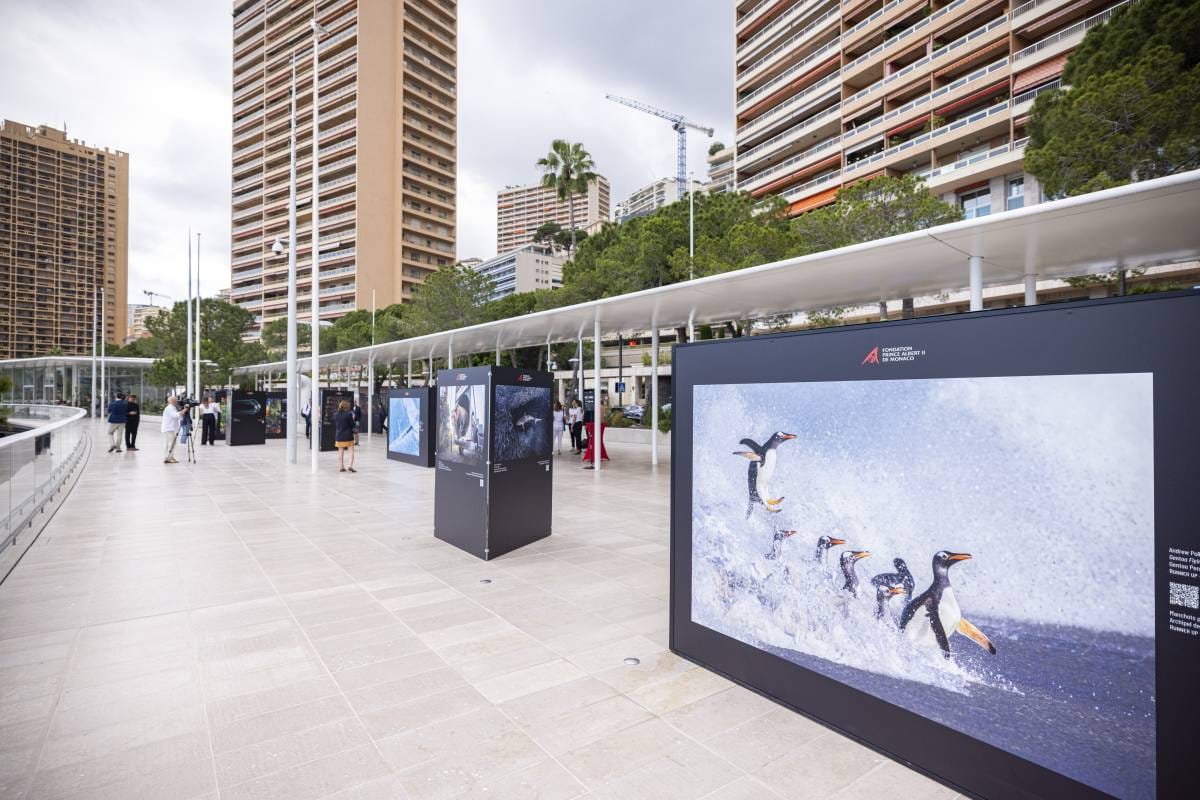
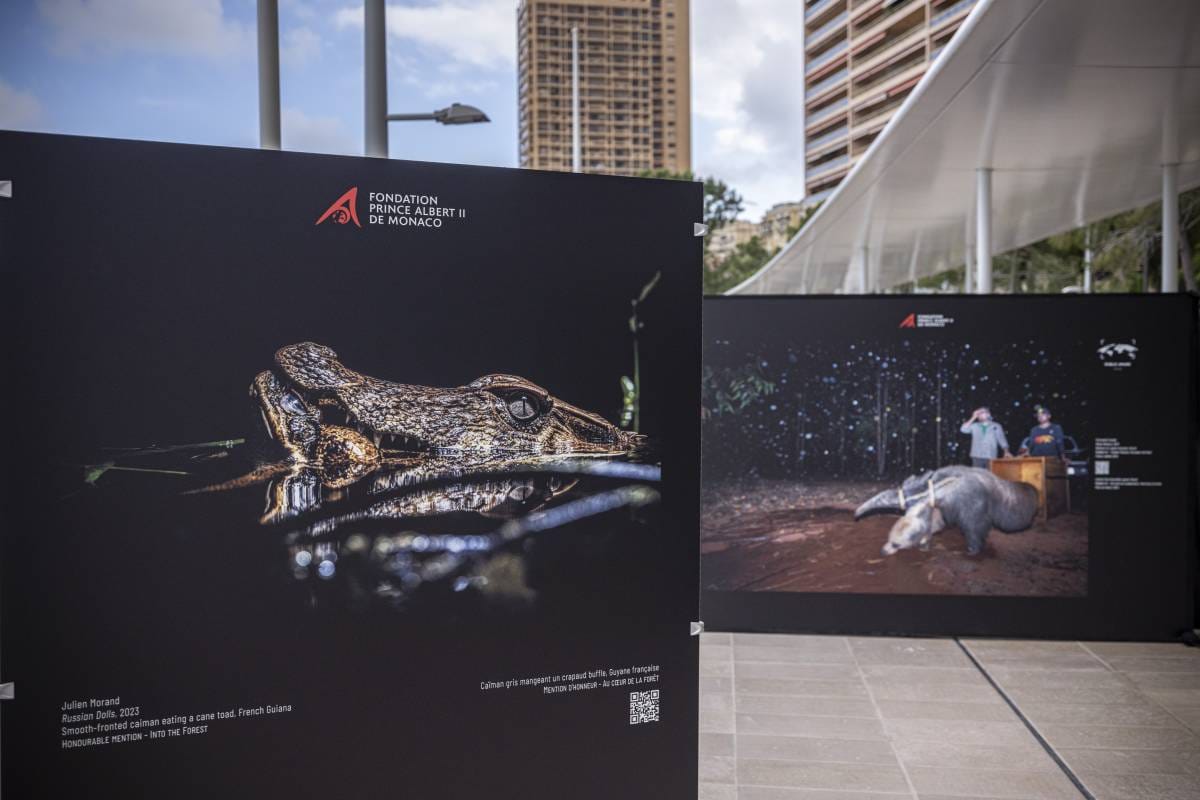
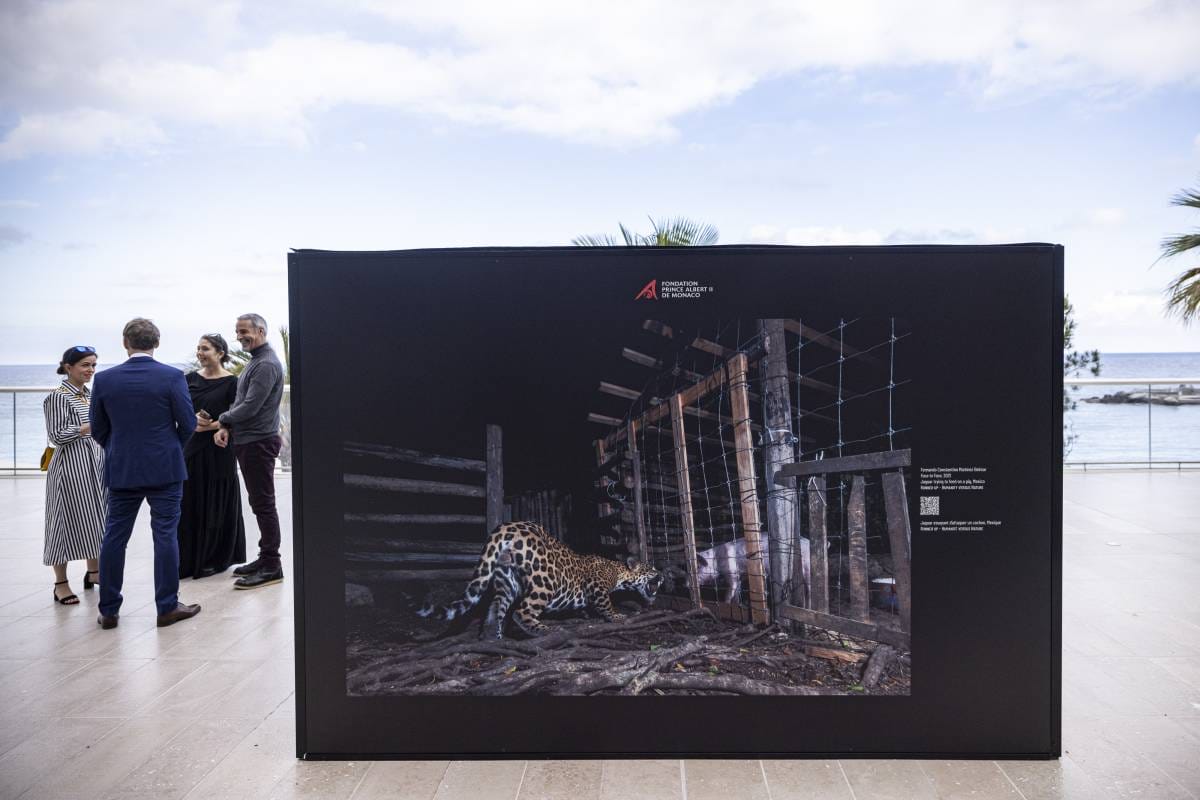
The 2024 jury included: Javier Aznar (National Geographic photographer); Jasper Doest (photographer specialising in conservation issues and wildlife); Esther Horvath (National Geographic photographer, photographer for the Alfred-Wegener Institute for Polar and Marine Research, specialising in climate research in the polar regions); Britta Jaschinski (photojournalist specialising in crimes against nature); Alexa Keefe (deputy photo editor for National Geographic magazine); Steve Winter (photojournalist specialising in big cats and documentary film-maker).
This year’s president of the competition was Sergio Pitamitz, wildlife and conservation photographer and photographer for National Geographic Expeditions.
